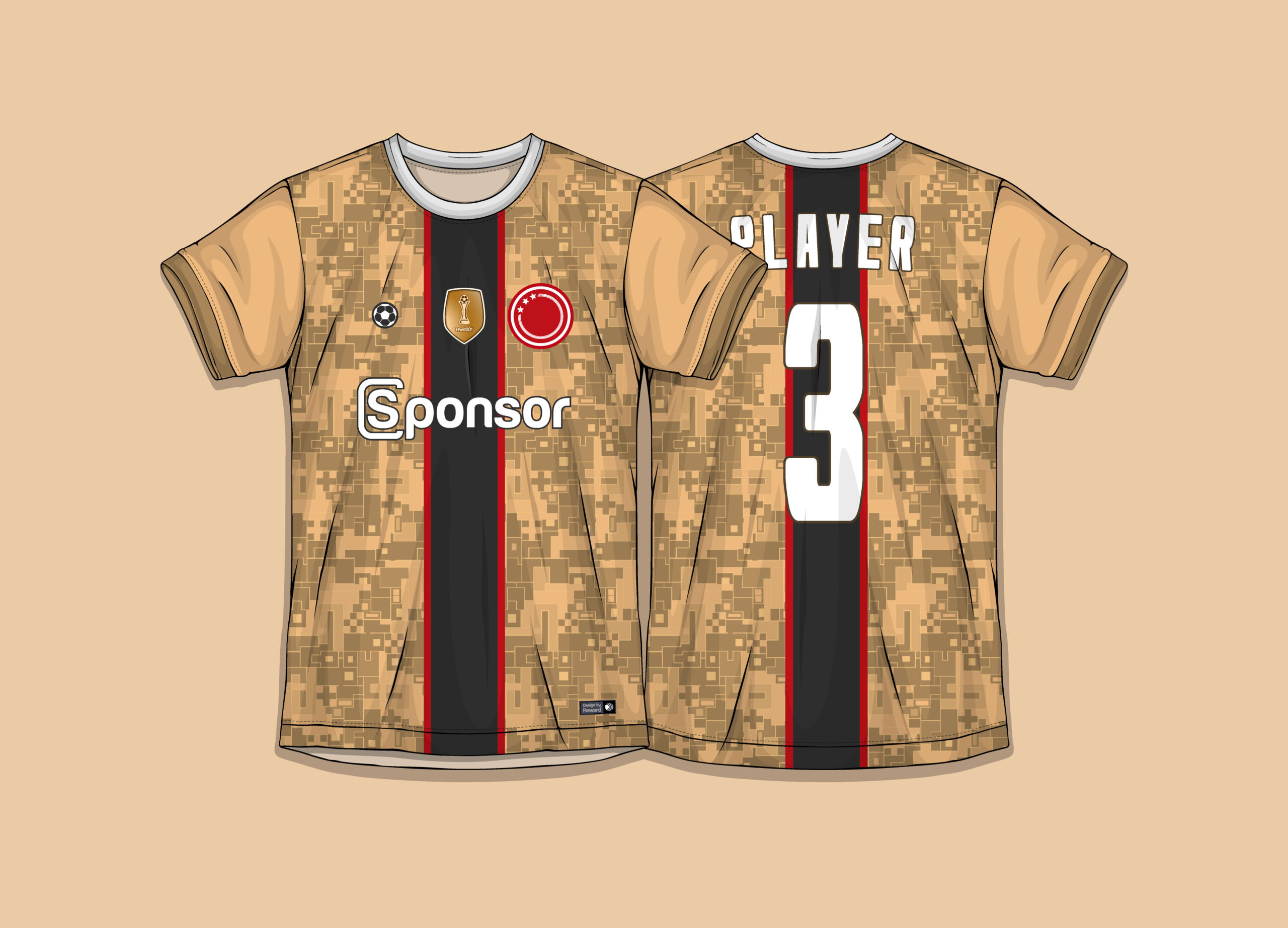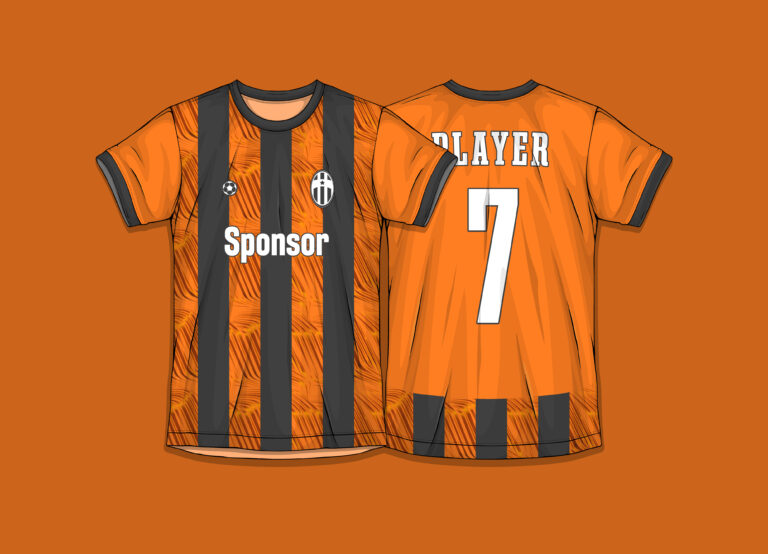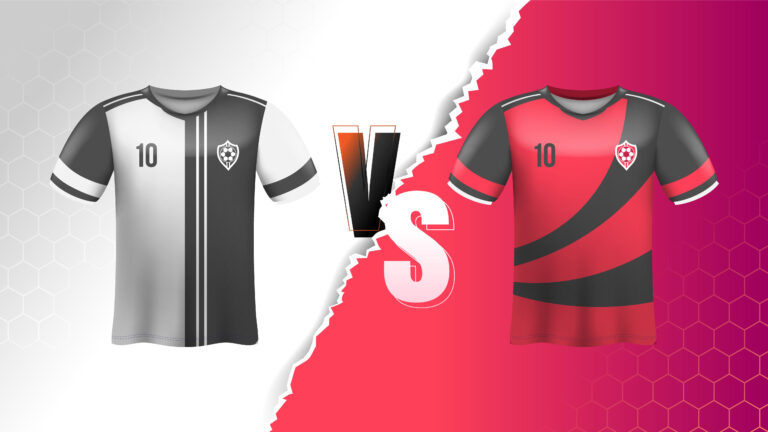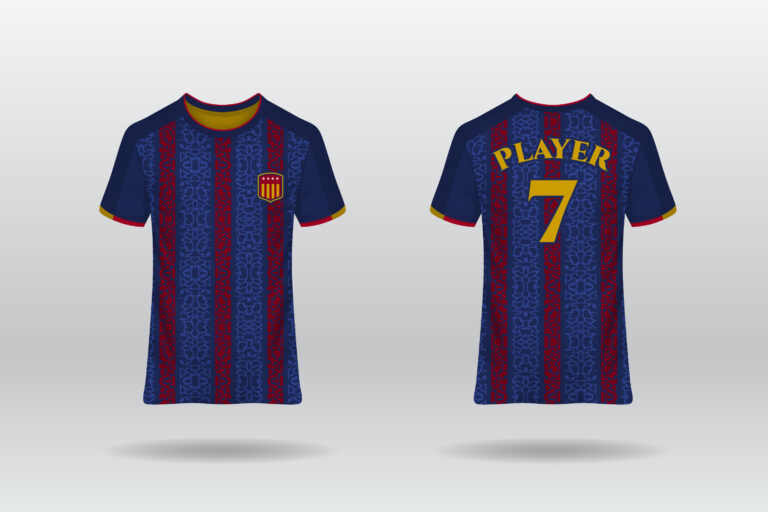How Clubs Use Jerseys to Tell a Story
A jersey is far more than just a piece of clothing. For a football club, it’s a symbol, a visual archive, and in many ways, a wearable chapter of a much bigger narrative. Every time I see a new shirt drop, I’m not just looking at fabric and design, I’m looking at what the club is trying to say, who they’re trying to be, and which part of their legacy they’re choosing to showcase or reinvent.
We all have our favorites, kits that stand out not just because they looked great, but because they meant something. Whether it’s a tribute to a local hero, a nod to historic victories, or even a political statement, clubs have become surprisingly fluent in storytelling through design. And in today’s world of limited editions and viral drops, that storytelling is more important than ever.
Let’s take a deeper look at how clubs use their kits to craft identity, build culture, and connect with fans, sometimes across continents and generations.
Paying Homage to the Past
One of the most consistent ways clubs use jerseys to tell a story is by honoring their history. You can often spot a retro-inspired kit and immediately trace it back to a golden era. That’s the power of memory stitched into material.
I remember when Manchester United released their 2018-19 home kit, which featured a gradient black to red design referencing the 1878 founding of Newton Heath. It wasn’t just a design choice, it was a subtle history lesson for newer fans, and a proud reminder for the old guard. Similarly, Arsenal’s frequent returns to the classic “bruised banana” away design never feel like lazy repeats. Instead, they’re strategic winks to the bold identity the club carved out in the early ‘90s.
Historical nods aren’t always about kits that looked good, though. Sometimes they’re about acknowledging difficult chapters, relegations, rebuilds, and moments of change. When clubs own those moments through their designs, it shows maturity and authenticity.
Honoring the Home
Another common theme in storytelling kits is geography. Clubs often use jerseys to spotlight their roots, especially in cities where identity and pride are deeply tied to the football club. These aren’t just marketing decisions, they’re emotional gestures.
Take Athletic Club Bilbao, for example. The Basque team has long represented regional pride, and that extends to their kits. It’s not unusual to see the red, white, and green of the Basque flag subtly worked into their designs. Similarly, Napoli have used Mount Vesuvius, street art, and even local architecture as inspiration for kit graphics.
Even clubs from outside traditional football powerhouses have gotten creative. Orlando Pirates in South Africa once released a kit that mimicked traditional tribal patterns. Ajax Amsterdam introduced a Bob Marley-inspired third kit that sold out instantly, not because it looked flashy, but because it represented a deeper cultural connection between the club and its fans.
Memorials and Moments of Silence
Some jerseys exist not to scream, but to whisper. Blacked-out kits, for example, are often used to honor tragedy or pay respect to lives lost. These aren’t always easy kits to wear or design, but they often become the most iconic.
I can’t forget Chapecoense’s tribute kits after the tragic plane crash in 2016. The green and white kits were filled with meaning, from stitched initials to ribbons and subtle tributes. These moments show how a club can grieve, unite, and move forward through something as simple as a shirt.
Even on a more subtle level, clubs will sometimes include patches, embroidery, or inside-collar messages that commemorate anniversaries of deaths, disasters, or achievements. These little details make every jersey feel more personal, almost sacred.
Cultural Crossovers and Global Messages
In the era of global fandom, clubs have started telling stories that go beyond local borders. And they’re doing it with jerseys that speak the language of culture, music, and even activism.
Paris Saint-Germain’s collaboration with Jordan Brand wasn’t just about aesthetics. It was a statement: PSG wasn’t just a football club, it was a lifestyle brand. The slick black kits, the streetwear crossover, it was about appealing to fashion-forward fans around the world. And it worked.
Other clubs have used kits to send powerful messages. In 2020, several teams released blackout kits to support the Black Lives Matter movement. These kits weren’t sold for profit; proceeds went to charitable causes. Even more subtly, rainbow accents and pride-themed kits have started popping up during certain months, showing how clubs are using shirts to align themselves with broader social causes.
Pushing Design Boundaries
Some jerseys tell their story simply by daring to be different. These are the ones that make fans argue in pubs, dominate Twitter threads, and show up years later as cult classics.
Take Nigeria’s 2018 World Cup kit. Designed by Nike, it broke every template rule, bold zigzags, neon green, feather patterns, and became the most talked-about kit of the tournament. The design was rooted in national pride and youthful energy. It sold out within minutes.
Or look at Venezia FC. They turned their Serie B status into an advantage by crafting high-fashion kits that look like they belong on runways rather than pitches. Gold embroidery, baroque fonts, clean lines, each shirt is a design manifesto that says, “We’re more than a football club.”
These storytelling kits show that risk often leads to reward. Even if a design doesn’t please everyone, it gets people talking. And in football, conversation means connection.
Third Kits: The Wild Cards
Home kits are sacred. Away kits are strategic. But third kits? That’s where designers get to play.
Clubs often use third kits as a blank canvas, perfect for experimentation, tribute, or even outright rebellion. Some use them to honor former glories, others to tap into fan nostalgia or spotlight causes that matter. Liverpool’s teal third kit in 2020 was a divisive yet meaningful nod to the Liver bird and maritime heritage. Barcelona’s pink and turquoise third kits? Risky but unforgettable.
Third kits are also a playground for sponsors and marketing departments. These are the kits often featured in fashion collabs, limited drops, and influencer content. It’s here that the jersey really becomes a cultural artifact, not just sportswear.
Selling Stories, Not Just Shirts
At the end of the day, clubs don’t just sell jerseys anymore. They sell stories. When I buy a kit, I’m not just buying something to wear on matchday, I’m buying into a memory, a message, a feeling.
That’s why limited editions, player tributes, and seasonal reveals feel like events now. Clubs tease drops, hide clues in social media posts, even launch mini-films to explain the vision behind a design. It’s no longer just about “home and away.” It’s about impact, identity, and innovation.
And fans? We’re buying in, literally and emotionally. We want to feel like we’re part of something larger, like each jersey we wear is a small banner in a much bigger movement. When a kit design makes you feel that, it’s done its job.
The Collector Culture
With storytelling in jerseys becoming more layered and deliberate, a new breed of fan has emerged: the kit collector. These fans aren’t necessarily loyal to one club, they’re loyal to design. They look for meaning, rarity, and uniqueness.
I’ve spoken to people who own over 200 kits, each carefully categorized by year, club, significance, or even story. For them, the value of a kit isn’t just about resale, it’s about connection. Whether it’s a one-off pink Juventus kit or a low-league team’s charity third strip, every shirt has a narrative. And the collector becomes the curator of a traveling football museum.
Stories Still to Come
As clubs continue to grow their identities globally, the way they tell stories through kits is only going to get more sophisticated. I expect we’ll see more collaborations, more tributes, more embedded tech, and maybe even NFTs linked to physical kits. Who knows?
What I do know is this: I’ll always look at a jersey and ask, “What are they trying to say?” Because no matter how flashy or simple, loud or minimalist, every jersey is a message. And as fans, we get to wear that message on our backs, our sleeves, and in our hearts.







